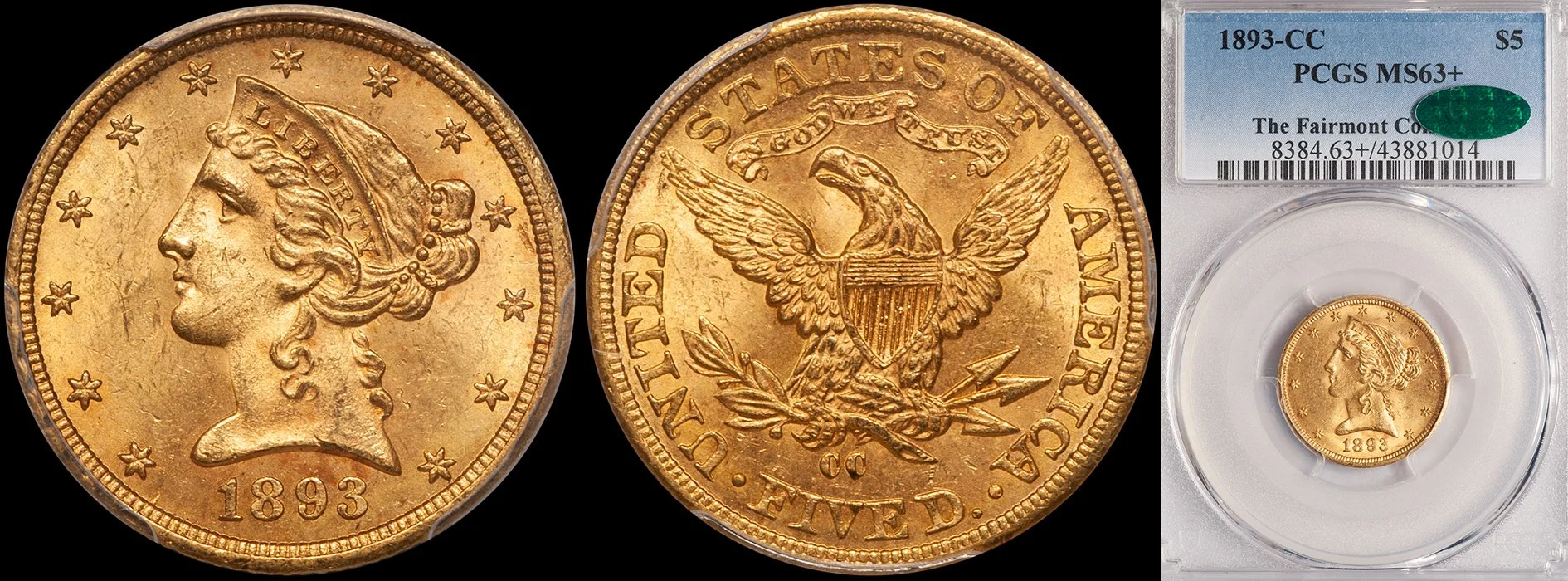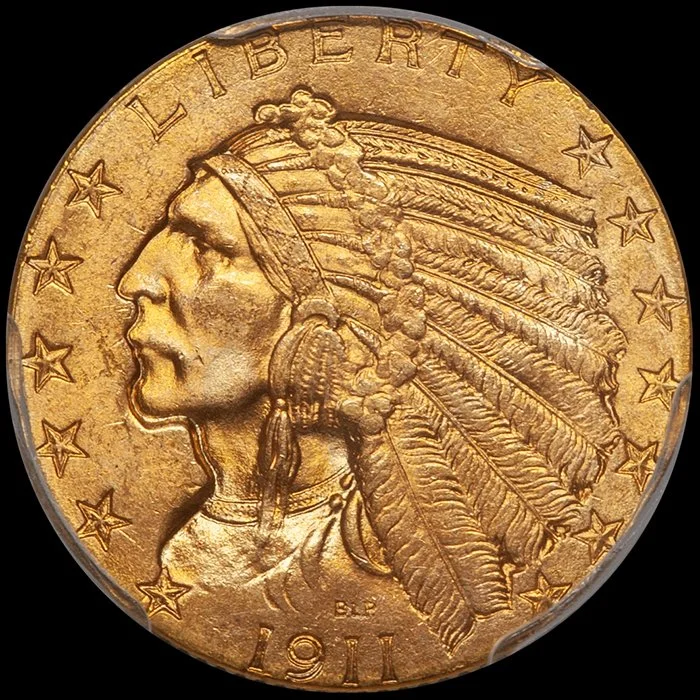Stretch Dates: Liberty Head Quarter Eagles
/In October 2016 I wrote a blog entitled: “The Concept of the Stretch Date.” This blog was well-received and I thought it would be interesting to apply this concept to a few specific series. For my first attempt, I’ve chosen Liberty Head quarter eagles.
Before we delve into this specific series, there are a few parameters about stretch dates which I’d like to lay out.
The first is the assumption that the typical reader of this blog (who is likely a dedicated collector who likes the concept of set building) doesn’t have an unlimited budget and has to be selective about the dates which he stretches on. As an example, it would be easy for me to write that in the Liberty Head series, the stretch dates should include the 1841, 1854-S, and 1863: the three great rarities of this design. Many dedicated collectors of Liberty Head quarter eagles can’t afford these three issues and are perfectly content to assemble their set as if these three issues didn’t exist.
The second is that in a long, grinding set like Liberty Head quarter eagles (with well over 150 unique issues), financial decisions will play heavily into buying patterns. I work with many quarter eagle specialists. A few have nearly unlimited funds and they can stretch on virtually every “cool” date in the series, but most specialists in this series focus on Extremely Fine and maybe About Uncirculated coins. When should they “stretch” for an AU58 or even an Uncirculated coin?
The third thing is we have to assume that every collector has a pre-conceived “optimal grade” for every coin. This grade is predicated on the collector’s budget (see above) and it can be a mental challenge to spend, say $7,500 or an issue which you’ve budgeted $4,500 for. Try and be flexible and you will build a better set.
Here are the 20 dates in the Liberty Head quarter eagle series which I most strongly recommend stretching on. Along with each dates, I’ve listed a reason or two why these dates are stretch-worthy.
Date, Reason(s) for Stretching
1840 $2.50 PCGS AU58 CAC
1840: The first P Mint issue of this type, and a date that seems to either come well-worn or in comparatively high grades.
1840-D: The first D Mint issue of this type and a real rarity despite being available for less than 10K for a nice example.
1842: One of the rarest collectible P mint quarter eagles and an undervalued issue. Truly a rare date in EF45 and above.
1842-C: One of the two or three rarest Charlotte issues but still not that expensive even in AU grades.
1843-C Small Date: The rarest Charlotte quarter eagle. Formerly held in high regard but not well-known today and seemingly under-appreciated as a result.
1845-O $2.50 NGC AU58 CAC
1845-O: The rarest New Orleans quarter eagle. Prices have risen in the last decade but the 45-O still seems like good value to me.
1846-D/D: One of the few varieties in this series that I would recommend stretching on. It is recognized by both PCGS and NGC and remains under-appreciated.
1848: A highly undervalued issue; I just sold a nice PCGS MS61 for $5,500. Underpriced in all grades.
1848 CAL.: Clearly not an undervalued date but such a popular, multi-demand coin that as an investment it’s close to a “sure thing.”
1854-D: The most affordable of the three very rare Dahlonega issues from this decade (also 1855-D and 1856-D).
1856-O: A “sleeper” issue which is rare in properly graded AU58 and extremely rare in Uncirculated.
1861-S/1862-S/1863-S: Three affordable yet rare Civil War issues. These seem very well-priced when compared to their half eagle and eagle counterparts.
1867 $2.50 NGC MS61
1867: Perhaps the most undervalued date in the entire series. Rare in all grades yet still affordable.
1875: Only 400 struck although not as rare as one might think. Still, a good date to stretch on.
1881/1885: Both have mintages of less than 1,000 yet can be obtained for under $7,500.
1883/1884: Two more low mintages dates which are still very affordable. Probably even better value than the 1881 and 1885, especially in higher grades.
What are the best stretch grades for each issue? That depends on the collector’s budget. For the collector of average means, almost any straight-graded 1848 CAL. is going to be a huge stretch. For the same collector, it might not be unrealistic to aspire to own a Condition Census example of an 1848 regular issue quarter eagle as such a coin, if available, might not cost more than $7,500.
What are the stretch dates in your quarter eagle collection and if you have some, why did you stretch? I’d like to hear your input and encourage you to leave a comment in the section below.

















